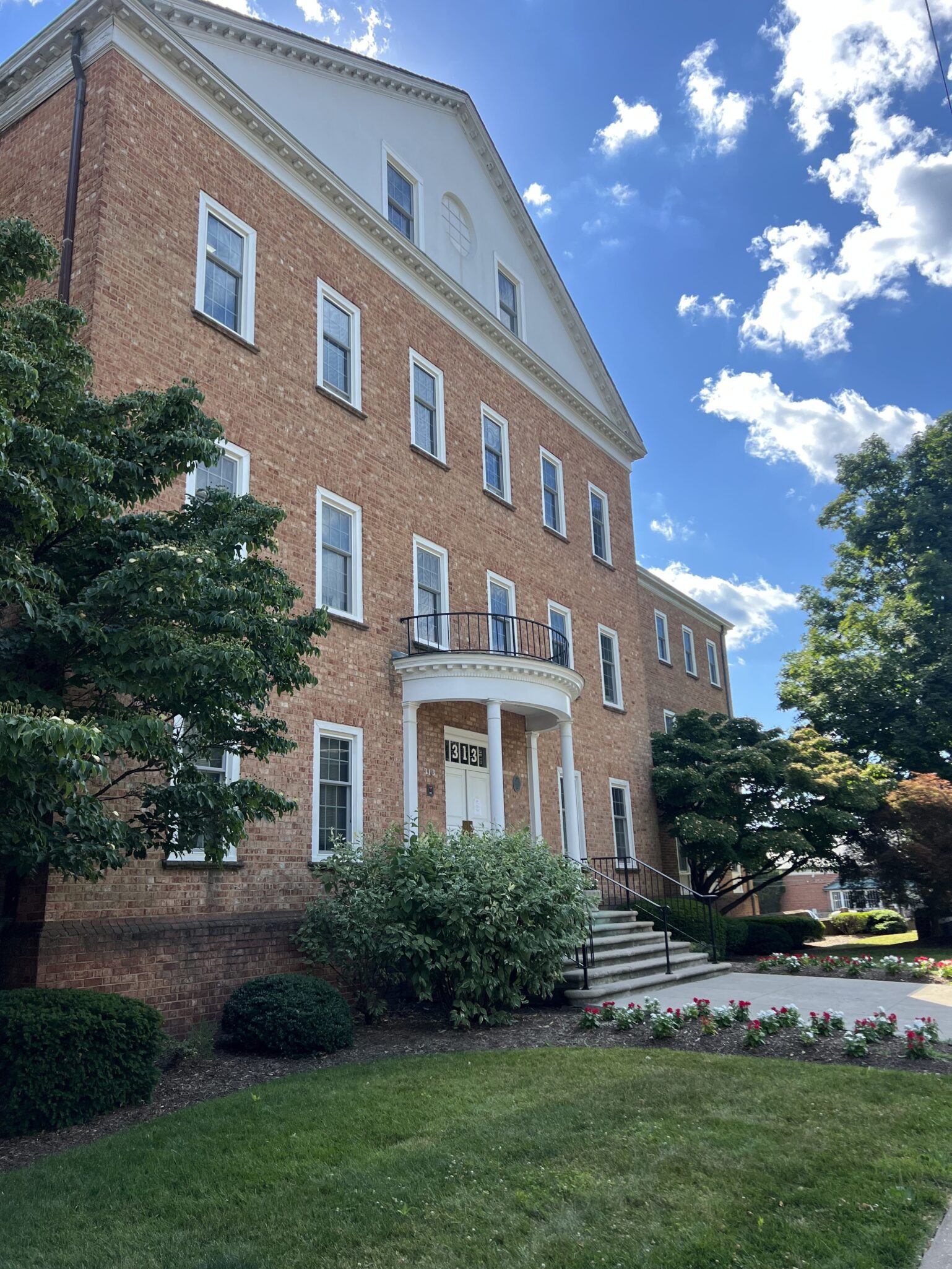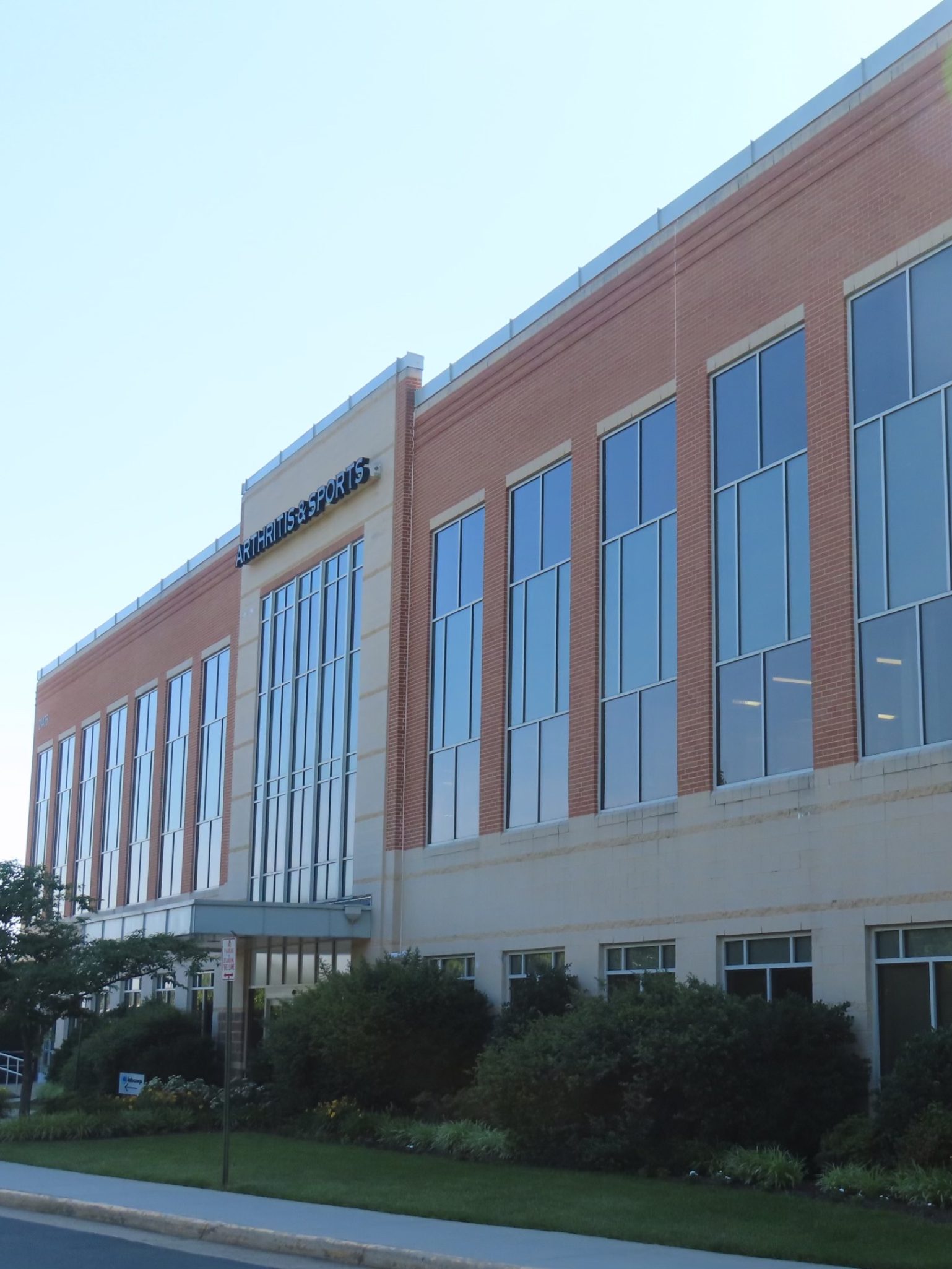Solving Root Canal Problems at One Endodontics

When Old Root Canals Go Bad
Experiencing discomfort or complications after a root canal can be disheartening. However, advancements in endodontic care offer a promising solution: root canal retreatment. This procedure provides a second opportunity to preserve your natural tooth and alleviate persistent issues.
Understanding Root Canal Retreatment
Root canal retreatment involves reopening a tooth that has previously undergone root canal therapy to address unresolved or new infections. While initial root canal treatments have high success rates, certain factors can necessitate retreatment:
- Incomplete Cleaning of Canals: Complex or curved canals might have been missed during the initial procedure, leaving residual bacteria that can cause reinfection.
- Delayed or Faulty Restorations: Postponing the placement of a crown or filling or having a restoration that doesn’t seal properly can allow bacteria to re-enter the tooth.
- New Decay or Damage: Subsequent decay or fractures can expose the treated tooth to new infections, compromising its integrity.
The Retreatment Procedure: What to Expect
Undergoing root canal retreatment is similar to the initial root canal therapy but involves additional steps to address previous issues:
- Assessment and Imaging: Your endodontist will conduct a thorough examination, utilizing X-rays or 3D imaging to identify the cause of the problem.
- Accessing the Root Canals: The existing crown or filling is carefully removed to expose the root canals.
- Cleaning and Disinfection: The canals are cleaned thoroughly to remove any remaining or new infections.
- Sealing the Canals: After cleaning, the canals are sealed with biocompatible material to prevent future infections.
- Restoration: A temporary filling is placed, and a follow-up appointment is scheduled for a permanent restoration, such as a new crown.
The entire procedure typically takes about 90 minutes, depending on the complexity of the case.
Post-Treatment Care and Recovery
Proper aftercare is extremely important for a successful recovery:
- Managing Discomfort: Experiencing mild discomfort or sensitivity for a few days is common. Over-the-counter pain relievers can help alleviate this.
- Dietary Recommendations: Stick to soft foods and avoid chewing on the treated side until the permanent restoration is in place.
- Oral Hygiene: Maintain excellent oral hygiene by gently brushing twice daily, flossing, and being cautious around the treated area.
- Follow-Up Appointments: Attend all scheduled visits to ensure proper healing and timely placement of the permanent restoration.
Benefits of Choosing Root Canal Retreatment
Opting for retreatment offers several advantages:
- Preservation of Natural Tooth: Retreatment aims to save your natural tooth, which is almost always preferable to extraction and replacement.
- Cost-Effective Solution: Maintaining your natural tooth can be more economical than alternatives like implants or bridges.
- Efficient Chewing and Biting: A successfully retreated tooth restores normal function, allowing you to eat comfortably.
Potential Risks and Considerations
While retreatment is generally safe, it’s essential to be aware of potential risks:
- Structural Weakening: Repeated procedures may compromise the tooth’s structure, increasing the risk of fractures.
- Persistent Infection: In some cases, the infection may persist, necessitating further treatment or extraction.
- Complications: Factors like complex canal anatomy can pose challenges during retreatment.
Discussing these considerations with your endodontist will help determine the best course of action for your specific situation.
Alternatives to Retreatment
If retreatment isn’t viable, other options include:
- Apicoectomy (Surgical Root Canal): This surgical procedure involves removing the tip of the root and sealing it to eliminate infection.
- Tooth Extraction: In cases where the tooth cannot be saved, extraction followed by a dental implant procedure or bridge may be recommended.
FAQs
How do I know if I need a root canal retreatment?
Common signs include persistent tooth pain, sensitivity to hot or cold, swelling, or discomfort in a tooth that has already had a root canal. A consultation with an endodontist and updated X-rays will determine if retreatment is necessary.
Is root canal retreatment painful?
No—root canal retreatment is performed under local anesthesia, and most patients report that it feels similar to having a filling. Mild soreness afterward is normal and can usually be managed with over-the-counter pain relievers.
What is the success rate of root canal retreatment?
Root canal retreatment is highly successful, especially when performed by a skilled endodontist using advanced imaging and techniques. Many retreated teeth function well for years or even a lifetime.
Trust One Endodontics for Expert Care
At One Endodontics, we understand the importance of preserving natural teeth and ensuring oral health. Our experienced team offers advanced root canal retreatment services tailored to your needs. With convenient locations in Falls Church, Sterling, and Gainesville, we’re here to provide compassionate, expert care. Contact us today to schedule your consultation and take the first step toward restoring your dental health.




